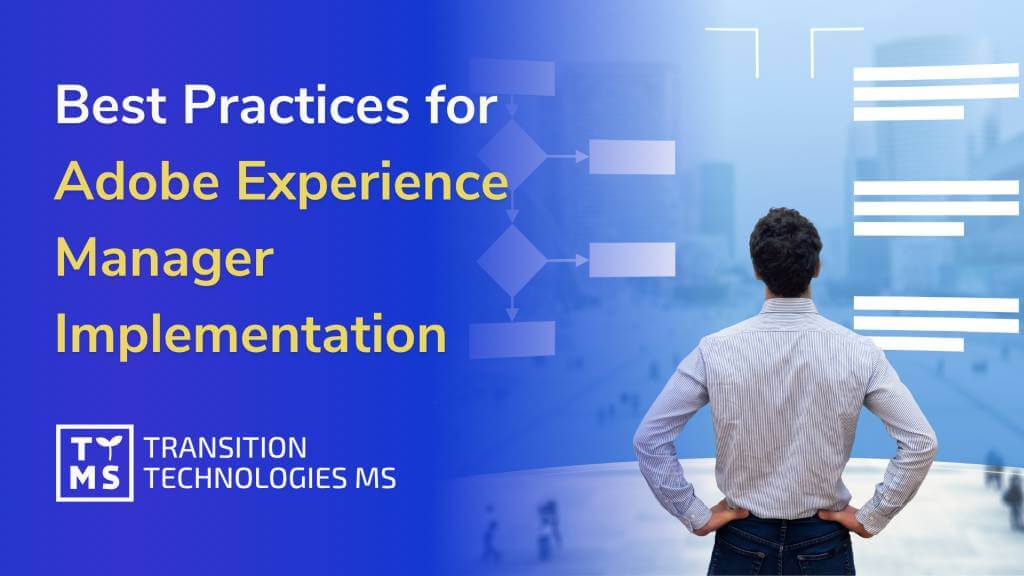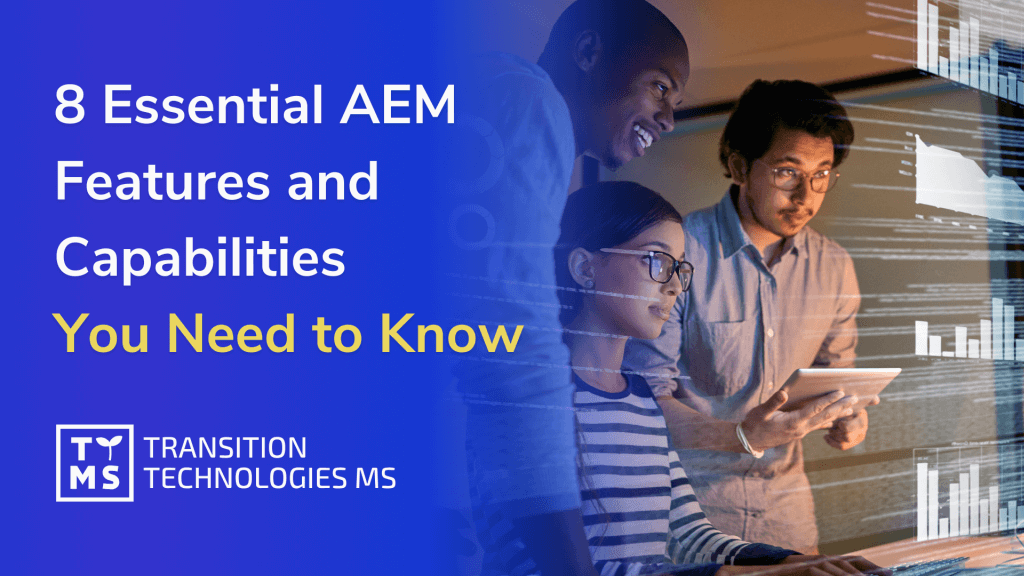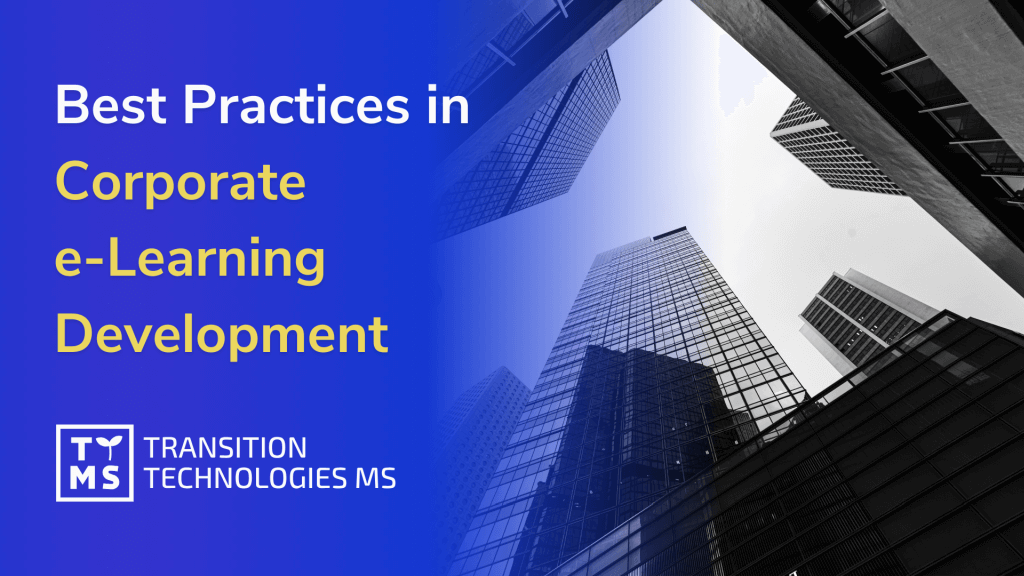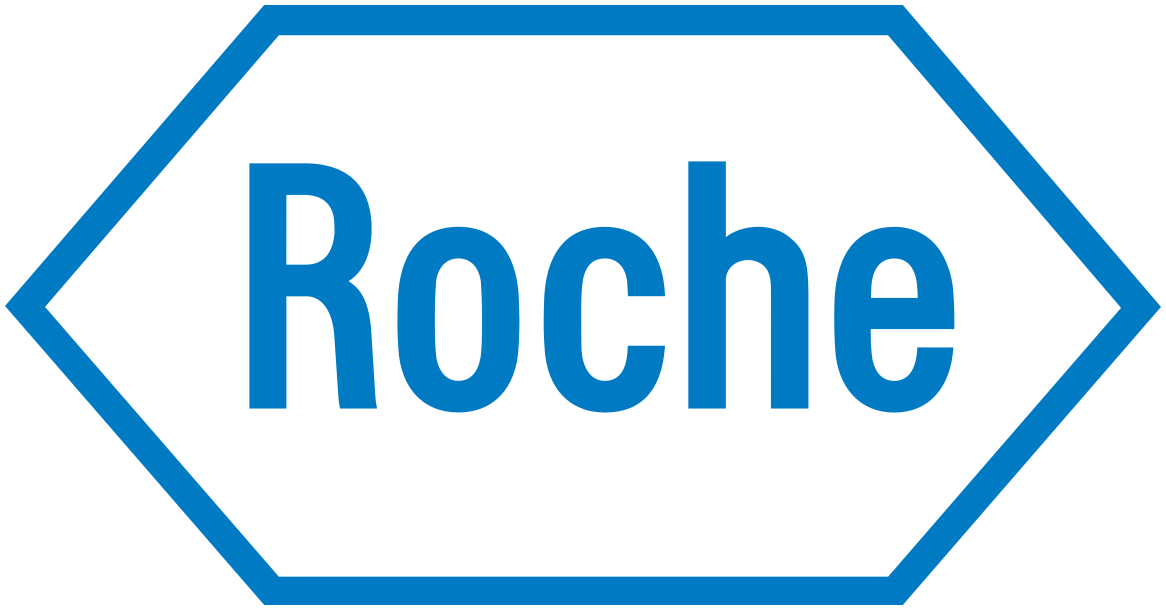The first wave of the technological revolution related to the COVID-19 pandemic focused on creating appropriate solutions for remote work. Now it’s time for the second phase: making remote work similar to traditional work – so that the members of the organization feel as if they are sitting next to each other.
Safe and alienated
Since the coronavirus pandemic broke out and we learned to work 100% remotely, we began to suffer from the lack of people nearby. So far, we talked face to face, drank coffee together, sat down together at documents or at meetings. Now we have a void in this place that is hard to fill. Therefore, employers are trying to reproduce the classic office mode of work and transfer it to employees’ homes.
Here are 6 ideas on how to create the illusion of being with people while working remotely.
Small talk in the lift
Meeting a stranger in the elevator, in the queue to the water dispenser or the boss’s office is an opportunity for a constructive, new relationship, also in the business field – which has a chance to translate into the company’s innovation. Such an “encounter”, for example, on that nice person from HR is proposed by the Donut application. Launched in 2016 in New York, the service presents employees to other teams or departments every few weeks. It opens a direct conversation with the person with whom you have been “paired” in Slack, one of the most popular communication platforms. Donut – encouraged by the success of the pandemic (in March, the number of companies using the Donut software increased from 6 to 12 thousand) plans to reach also organizations using other platforms. While in the era before COVID-19 the idea was to revive communication and cooperation between people from various departments, now it is often used for small-talk of employees who work “desk to desk”, but have not had the opportunity to get to know each other yet, so it is worth organizing a “virtual coffee “.
Gossip in the break room
The creators of the Hallway application came up with an interesting idea. Every day, at certain times, a 10-minute chat is opened, that you can join. This regularity resembles a lunch break in a break room, where in a relaxed atmosphere – over a sandwich, tea and talking about matters not related to work – it is worth taking a break and “recharging the batteries” together. Of course, you can both initiate your own, smaller chats, and use the possibility of a randomly selected connection time. The application is simple and was created in 4 days.
Can I fit next to You?
Sure you can. Your neighbor who is sitting on the screen during a meeting “next to you” is connecting from another city, and you are in the “together” mode in MS Teams. Both he and you were “cut out” (take it easy, it’s about the webcam image, not the job) and put in a common frame, which resembles a conference in a conference room. It is not just about the well-being of the employees. All this translates into their creativity – according to research, new ideas and projects in organizations often appear when employees sit together at casual lunches or even in conference rooms.
Brainstorming and sticky notes
Not only during a coffee break, it is worth feeling that you are not left alone – that we have the support of the team and focus together on a specific project. This was the assumption made by the creators of Miro, integrated e.g. with the MS Teams platform for brainstorming tools. Its original version consisted only of a whiteboard and virtual sticky notes, and now it is an extensive platform for managing ideas. One of the useful tools introducing the discipline necessary in brainstorming is the timer. As with the Donut, Miro doubled the number of users during the pandemic.
Conference – are you going to the lecture, will we talk over a beer?
What if we could create a three-dimensional virtual reality in which – with the help of our avatars – we take part in training sessions, using both the displayed materials and … the possibility of talking in private with colleagues from the department? Probably such questions were asked by Eddie Obeng, professor of Henley Business School at the University of Reading in Great Britain, who many years ago created Qube, in order to increase the competences of management staff. He designed a three-dimensional cartoon-like campus filled with conference rooms, public areas, as well as green outdoor areas, with giant video screens and white boards scattered around. Avatars can approach, shake hands, and then, for example, sit together at a table, or gather in beanbag chairs, starting a conversation, that others cannot hear. Qube is currently used by Fujitsu and Deloitte, for example. Interestingly, avatars now have a very abstract physiognomy – heads have been replaced by blocks, like in the Lego guy. The original resemblance of virtual characters to humans distracted employees, who were too focused on both their appearance and the appearance of others.
Shout – I’ll come when you need me
Finally, it’s time to present a solution, that is highly controversial and not everyone likes it. It’s called Sidekick and it’s a tablet-based video portal that, should always be on during your working hours. You can hear each other in the background, and out of the corner of your eye you can see what each of you is currently doing. If you feel the need to make direct contact, you just walk to the screen. Before the pandemic, the program was installed on 55-inch displays, now companies install them primarily on tablets.
Of course, the questions are: Is it still a tool to raise morale, or is it more or less voluntary surveillance? Does your child know that he is roaring not only at your home but also at your boss’s? Will turning off the device at 4:55 pm mean, that you’re a sluggard? Some employees found Sidekick too intrusive and some… seal the tablet camera.
Summary
In recent weeks, companies that create solutions for remote work are doing their best to make it more “humanized”. Is the direction set by the above tools correct? Does any of the applications have the makings of a “hit” that will help employees feel “closer to each other”? Or maybe we are slowly adapting to such and not other conditions of functioning in organizations and the methods described here are only a temporary whim that we will not really need and without which we will cope perfectly?
It’s hard for us to be clear about it, but we can definitely discuss it – visit our social profiles!
Marcin Kapuściński – Transition Technologies MS S.A.







